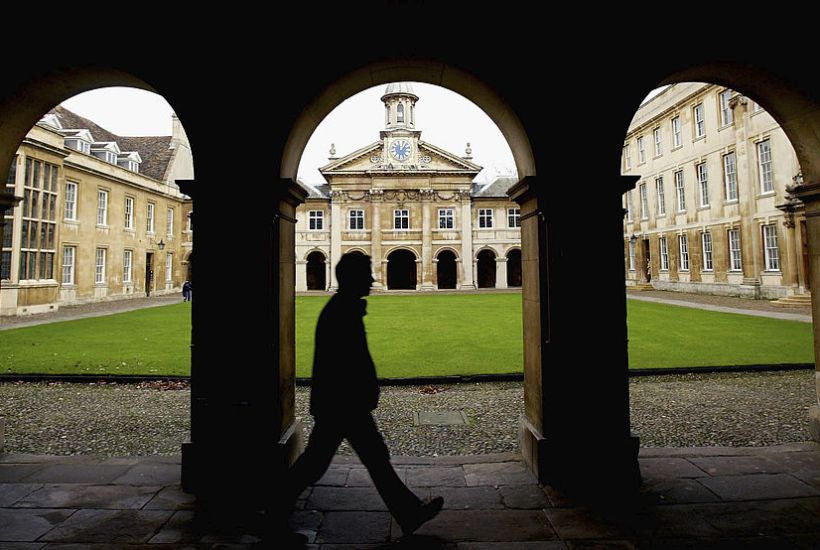It’s perfectly legitimate for Cambridge University to seek to understand its history, warts and all. But the University’s final report of its ‘Legacies of Enslavement Advisory Group’, established in 2019 to investigate the university’s historic links with slavery, is short on facts and long on opinions. It also fails to consider Cambridge’s links with the noble cause of anti-slavery.
Already a subscriber? Log in
Subscribe for just $2 a week
Try a month of The Spectator Australia absolutely free and without commitment. Not only that but – if you choose to continue – you’ll pay just $2 a week for your first year.
- Unlimited access to spectator.com.au and app
- The weekly edition on the Spectator Australia app
- Spectator podcasts and newsletters
- Full access to spectator.co.uk
Or
Unlock this article
Professor Lawrence Goldman is Fellow Emeritus, St. Peter’s College, Oxford. He was an undergraduate, postgraduate and Junior Research Fellow at Cambridge between 1976-85




















Comments
Don't miss out
Join the conversation with other Spectator Australia readers. Subscribe to leave a comment.
SUBSCRIBEAlready a subscriber? Log in